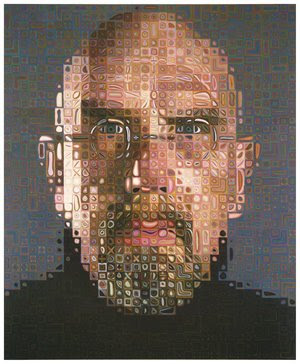I finished the surface and texture painting! I worked very hard on this painting, coming in the morning and after school to complete it. It took me a long time, but the end result was worth it.
I created an intricate composition in the windowsill with the visor, yarn, glass, light bulbs, and cloth. I placed the first light bulb in a higher position behind the transparent green cloth to show how distant it was from the visor, glass, and sunglasses. I combined different hues of green to make the leaf pattern stand out. I used highlights and shadows to bring out the little folds of the silver cloth. In the background, I painted the window frame and depicted the scenery I saw through the window. I used little details and made the twigs smaller and blurred so the main focus would be on the objects in the foreground.
I am very happy that I was able to portray all the textures of the cloth and make them seem realistic. I have also learned how to paint light bulbs and show highlights and shadows in each object; these were the most challenging parts of this painting.
I am so glad I took this course because I learned a lot; I have improved a significant amount since last year. I have learned many great techniques on how to use oil paint. I really enjoyed oil painting and I had a great time with everyone in the class.





